Chrysler 2012 Annual Report Download - page 175
Download and view the complete annual report
Please find page 175 of the 2012 Chrysler annual report below. You can navigate through the pages in the report by either clicking on the pages listed below, or by using the keyword search tool below to find specific information within the annual report.-
 1
1 -
 2
2 -
 3
3 -
 4
4 -
 5
5 -
 6
6 -
 7
7 -
 8
8 -
 9
9 -
 10
10 -
 11
11 -
 12
12 -
 13
13 -
 14
14 -
 15
15 -
 16
16 -
 17
17 -
 18
18 -
 19
19 -
 20
20 -
 21
21 -
 22
22 -
 23
23 -
 24
24 -
 25
25 -
 26
26 -
 27
27 -
 28
28 -
 29
29 -
 30
30 -
 31
31 -
 32
32 -
 33
33 -
 34
34 -
 35
35 -
 36
36 -
 37
37 -
 38
38 -
 39
39 -
 40
40 -
 41
41 -
 42
42 -
 43
43 -
 44
44 -
 45
45 -
 46
46 -
 47
47 -
 48
48 -
 49
49 -
 50
50 -
 51
51 -
 52
52 -
 53
53 -
 54
54 -
 55
55 -
 56
56 -
 57
57 -
 58
58 -
 59
59 -
 60
60 -
 61
61 -
 62
62 -
 63
63 -
 64
64 -
 65
65 -
 66
66 -
 67
67 -
 68
68 -
 69
69 -
 70
70 -
 71
71 -
 72
72 -
 73
73 -
 74
74 -
 75
75 -
 76
76 -
 77
77 -
 78
78 -
 79
79 -
 80
80 -
 81
81 -
 82
82 -
 83
83 -
 84
84 -
 85
85 -
 86
86 -
 87
87 -
 88
88 -
 89
89 -
 90
90 -
 91
91 -
 92
92 -
 93
93 -
 94
94 -
 95
95 -
 96
96 -
 97
97 -
 98
98 -
 99
99 -
 100
100 -
 101
101 -
 102
102 -
 103
103 -
 104
104 -
 105
105 -
 106
106 -
 107
107 -
 108
108 -
 109
109 -
 110
110 -
 111
111 -
 112
112 -
 113
113 -
 114
114 -
 115
115 -
 116
116 -
 117
117 -
 118
118 -
 119
119 -
 120
120 -
 121
121 -
 122
122 -
 123
123 -
 124
124 -
 125
125 -
 126
126 -
 127
127 -
 128
128 -
 129
129 -
 130
130 -
 131
131 -
 132
132 -
 133
133 -
 134
134 -
 135
135 -
 136
136 -
 137
137 -
 138
138 -
 139
139 -
 140
140 -
 141
141 -
 142
142 -
 143
143 -
 144
144 -
 145
145 -
 146
146 -
 147
147 -
 148
148 -
 149
149 -
 150
150 -
 151
151 -
 152
152 -
 153
153 -
 154
154 -
 155
155 -
 156
156 -
 157
157 -
 158
158 -
 159
159 -
 160
160 -
 161
161 -
 162
162 -
 163
163 -
 164
164 -
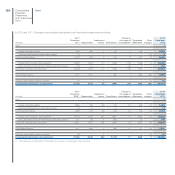 165
165 -
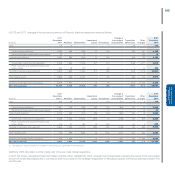 166
166 -
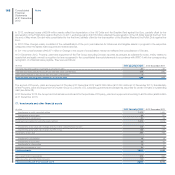 167
167 -
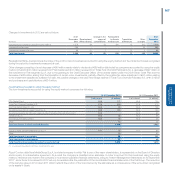 168
168 -
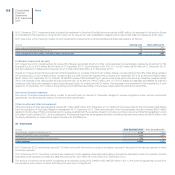 169
169 -
 170
170 -
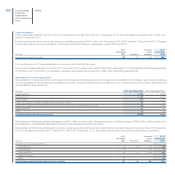 171
171 -
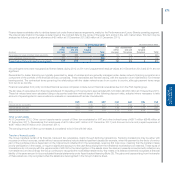 172
172 -
 173
173 -
 174
174 -
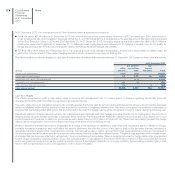 175
175 -
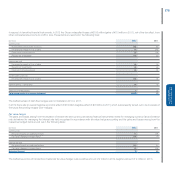 176
176 -
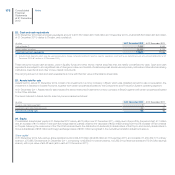 177
177 -
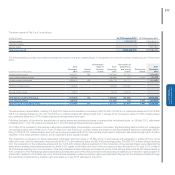 178
178 -
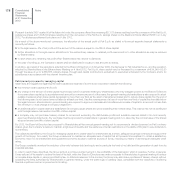 179
179 -
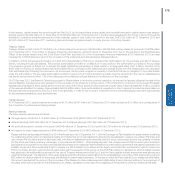 180
180 -
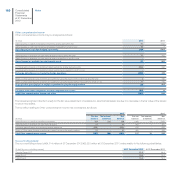 181
181 -
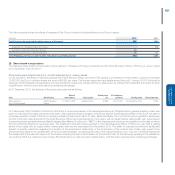 182
182 -
 183
183 -
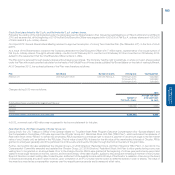 184
184 -
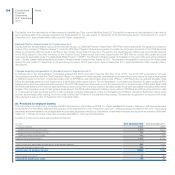 185
185 -
 186
186 -
 187
187 -
 188
188 -
 189
189 -
 190
190 -
 191
191 -
 192
192 -
 193
193 -
 194
194 -
 195
195 -
 196
196 -
 197
197 -
 198
198 -
 199
199 -
 200
200 -
 201
201 -
 202
202 -
 203
203 -
 204
204 -
 205
205 -
 206
206 -
 207
207 -
 208
208 -
 209
209 -
 210
210 -
 211
211 -
 212
212 -
 213
213 -
 214
214 -
 215
215 -
 216
216 -
 217
217 -
 218
218 -
 219
219 -
 220
220 -
 221
221 -
 222
222 -
 223
223 -
 224
224 -
 225
225 -
 226
226 -
 227
227 -
 228
228 -
 229
229 -
 230
230 -
 231
231 -
 232
232 -
 233
233 -
 234
234 -
 235
235 -
 236
236 -
 237
237 -
 238
238 -
 239
239 -
 240
240 -
 241
241 -
 242
242 -
 243
243 -
 244
244 -
 245
245 -
 246
246 -
 247
247 -
 248
248 -
 249
249 -
 250
250 -
 251
251 -
 252
252 -
 253
253 -
 254
254 -
 255
255 -
 256
256 -
 257
257 -
 258
258 -
 259
259 -
 260
260 -
 261
261 -
 262
262 -
 263
263 -
 264
264 -
 265
265 -
 266
266 -
 267
267 -
 268
268 -
 269
269 -
 270
270 -
 271
271 -
 272
272 -
 273
273 -
 274
274 -
 275
275 -
 276
276 -
 277
277 -
 278
278 -
 279
279 -
 280
280 -
 281
281 -
 282
282 -
 283
283 -
 284
284 -
 285
285 -
 286
286 -
 287
287 -
 288
288 -
 289
289 -
 290
290 -
 291
291 -
 292
292 -
 293
293 -
 294
294 -
 295
295 -
 296
296 -
 297
297 -
 298
298 -
 299
299 -
 300
300 -
 301
301 -
 302
302 -
 303
303 -
 304
304 -
 305
305 -
 306
306 -
 307
307 -
 308
308 -
 309
309 -
 310
310 -
 311
311 -
 312
312 -
 313
313 -
 314
314 -
 315
315 -
 316
316 -
 317
317 -
 318
318 -
 319
319 -
 320
320 -
 321
321 -
 322
322 -
 323
323 -
 324
324 -
 325
325 -
 326
326 -
 327
327 -
 328
328 -
 329
329 -
 330
330 -
 331
331 -
 332
332 -
 333
333 -
 334
334 -
 335
335 -
 336
336 -
 337
337 -
 338
338 -
 339
339 -
 340
340 -
 341
341 -
 342
342 -
 343
343 -
 344
344 -
 345
345 -
 346
346
 |
 |
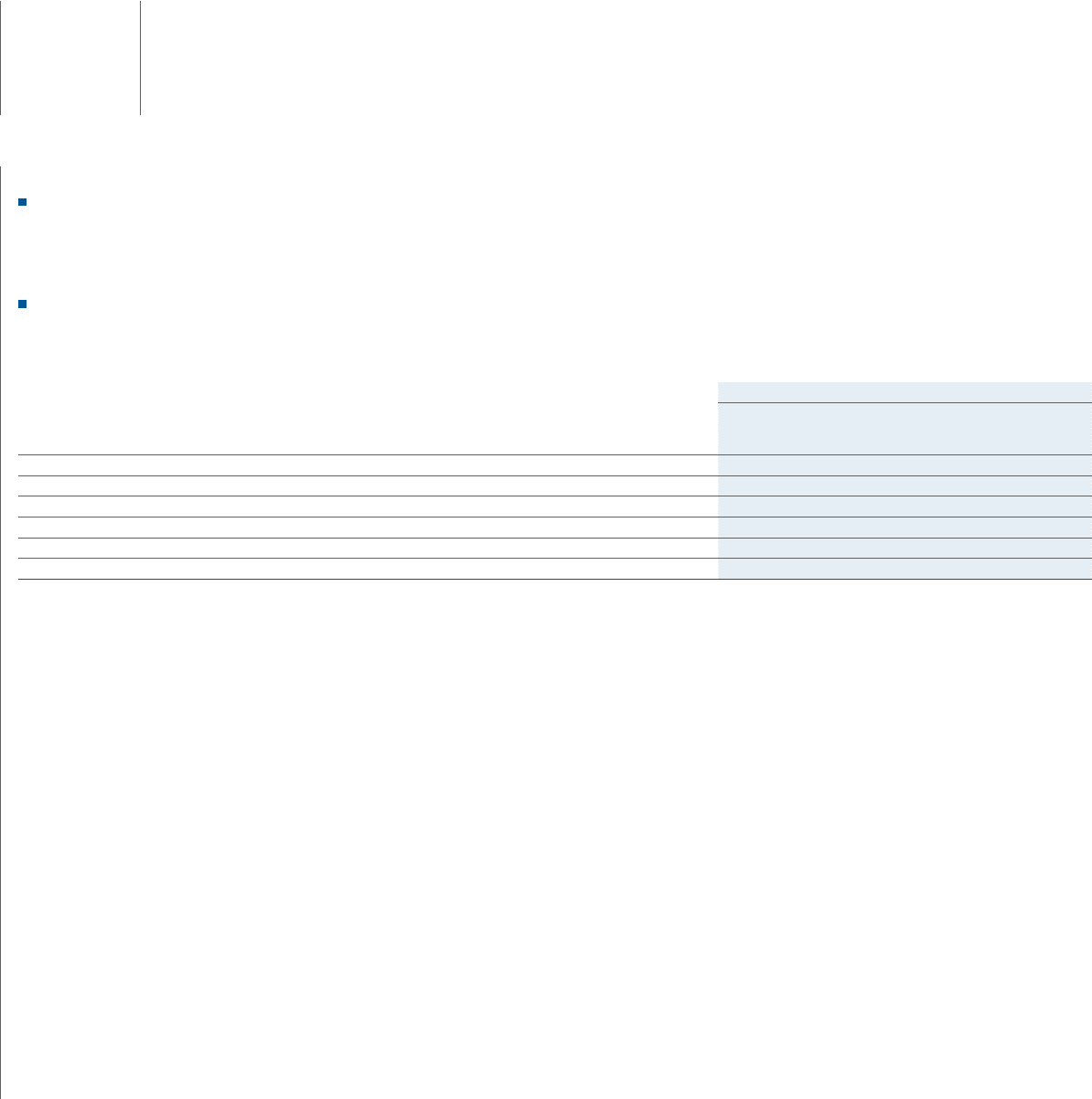
Notes
174 Consolidated
Financial
Statements
at 31 December
2012
At 31 December 2012, the notional amount of Other derivative financial instruments consists of:
For €154 million (€154 million at 31 December 2011) the notional amount of four equity swaps, renewed in 2012 and expiring in 2013, entered into in
order to hedge the risk of an increase in the prices of Fiat S.p.A. and Fiat Industrial S.p.A. shares above the exercise price of the stock options granted
to the Chief Executive Officer in 2004 and 2006 (see Note 25). At 31 December 2012, the equity swaps have a total positive fair value of €50 million (a
positive fair value of €18 million at 31 December 2011). Although these equity swaps were entered into for hedging purposes, they do not qualify for
hedge accounting under IFRS and accordingly are defined as trading derivative financial instruments.
For €14 million (€14 million at 31 December 2011), the notional amount of the derivative embedded in a bond with a return linked to inflation rates, as
well as the notional amount of the related hedging derivative, which converts the exposure to floating rate.
The following table provides an analysis by due date of outstanding derivatives financial instruments at 31 December 2012 based on their notional amounts:
At 31 December 2012
(€ million)
within
one year
due between
one and five
years
due
beyond
five years Total
Currency risk management 9,236 1,304 - 10,540
Interest rate risk management 695 3,781 750 5,226
Interest rate and currency risk management - 1,118 - 1,118
Commodity price risk management 461 34 - 495
Other derivative financial instruments 154 - 14 168
Total notional amount 10,546 6,237 764 17,547
Cash flow hedges
The effects recognised in profit or loss mainly relate to currency risk management and, to a lesser extent, to hedges regarding commodity price risk
management and the cash flows that are exposed to an interest rate risk.
The policy of the Group for managing currency risk normally requires that future cash flows from trading activities which will occur for accounting purposes
within the following twelve months, and from orders acquired (or contracts in progress), whatever their due dates, be hedged. It is considered reasonable to
suppose that the hedging effect arising from this and recorded in the cash flow hedge reserve will be recognised in income, mainly during the following year.
Derivatives relating to interest rate and currency risk management are treated as cash flow hedges and were entered into by treasuries for the purpose of
hedging bonds issued in foreign currencies, in particular those issued by Fiat Finance North America in relation to a bond issued in Euro (due in 2017) and
by Fiat Finance and Trade Ltd. in relation to two bonds issued in Swiss Francs in 2012 (due in 2015 and 2016). The amount recorded in the cash flow hedge
reserve will be recognised in income according to the timing of the flows of the underlying bonds.
Where a derivative financial instrument is designated as a hedge of the exposure to variability in cash flows of a recognised asset or liability or a highly
probable forecasted transaction and could affect the income statement, the effective portion of any gain or loss on the derivative financial instrument is
recognised directly in equity (Other comprehensive income). The cumulative gain or loss is removed from other comprehensive income and recognised in
the income statement at the same time as the economic effect arising from the hedged item affects income. The gain or loss associated with a hedge or part
of a hedge that has become ineffective is recognised in the income statement immediately. When a hedging instrument or hedge relationship is terminated
but the hedged transaction is still expected to occur, the cumulative gain or loss realised to the point of termination remains in Other comprehensive income
and is recognised at the same time as the related transaction occurs. If the hedged transaction is no longer probable, the cumulative unrealised gain or loss
held in other comprehensive income is recognised in profit or loss immediately.
